How much does it cost to print a magazine – Delving into the intricacies of magazine printing costs, this article unravels the various factors that influence the financial outlay associated with producing a high-quality publication. From paper selection to finishing options, we delve into the intricacies of each component, providing a comprehensive guide to help you optimize your printing expenses while maintaining exceptional quality.
Understanding the interplay between these elements empowers you to make informed decisions, ensuring your magazine not only meets your creative vision but also aligns with your financial goals. Join us on this journey as we uncover the secrets to cost-effective magazine printing without compromising on quality.
Paper Quality and Cost
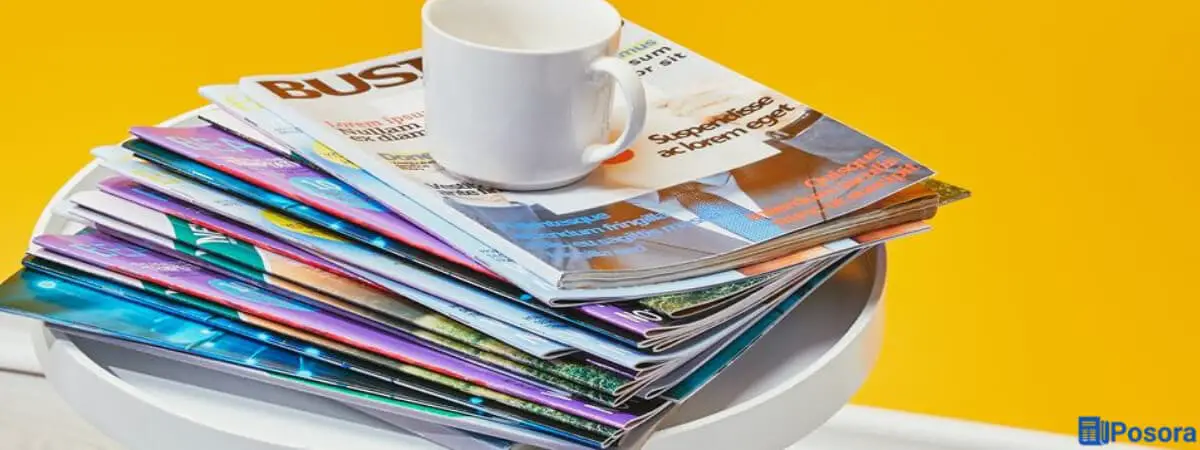
Paper quality significantly impacts printing costs. Higher-quality paper generally costs more but offers advantages such as improved durability, color reproduction, and overall print quality.
The following table compares the costs of different paper types:
| Paper Type | Cost per Sheet |
|---|---|
| Newsprint | $0.01-$0.03 |
| Offset | $0.02-$0.05 |
| Coated | $0.05-$0.10 |
| Glossy | $0.10-$0.15 |
Higher-quality paper requires less ink to achieve the same level of color and detail, resulting in lower ink consumption and reduced printing costs.
Optimizing Paper Quality and Printing Costs
- Consider using recycled paper or paper with a lower brightness rating to reduce costs.
- Choose the appropriate paper type for the intended use. For example, glossy paper is ideal for high-quality images, while offset paper is suitable for text-heavy documents.
- Work with a reputable printer who can advise on the best paper options for your budget and printing needs.
Printing Method

The printing method chosen for a magazine has a significant impact on the overall cost. Different methods offer varying levels of quality, speed, and cost-effectiveness.
The primary printing methods used for magazines include offset lithography, digital printing, and flexography.
To get the most accurate estimate for printing costs, consider factors such as paper quality, ink type, and printing method. To access advanced settings for fine-tuning print quality and reducing costs, follow the guide on how do i get to advanced printer settings on mac.
Optimizing these settings can significantly impact the overall cost of printing your magazine.
Offset Lithography
- Pros:High-quality prints, suitable for large print runs, cost-effective for large quantities.
- Cons:High setup costs, not suitable for small print runs, longer lead times.
Digital Printing
- Pros:Lower setup costs, suitable for short print runs, faster turnaround time, variable data printing capabilities.
- Cons:Higher per-unit cost compared to offset lithography, limited print quality for large print runs.
Flexography
- Pros:Suitable for printing on flexible packaging materials, high speed, cost-effective for large print runs.
- Cons:Lower print quality compared to offset lithography, not suitable for small print runs.
Page Count
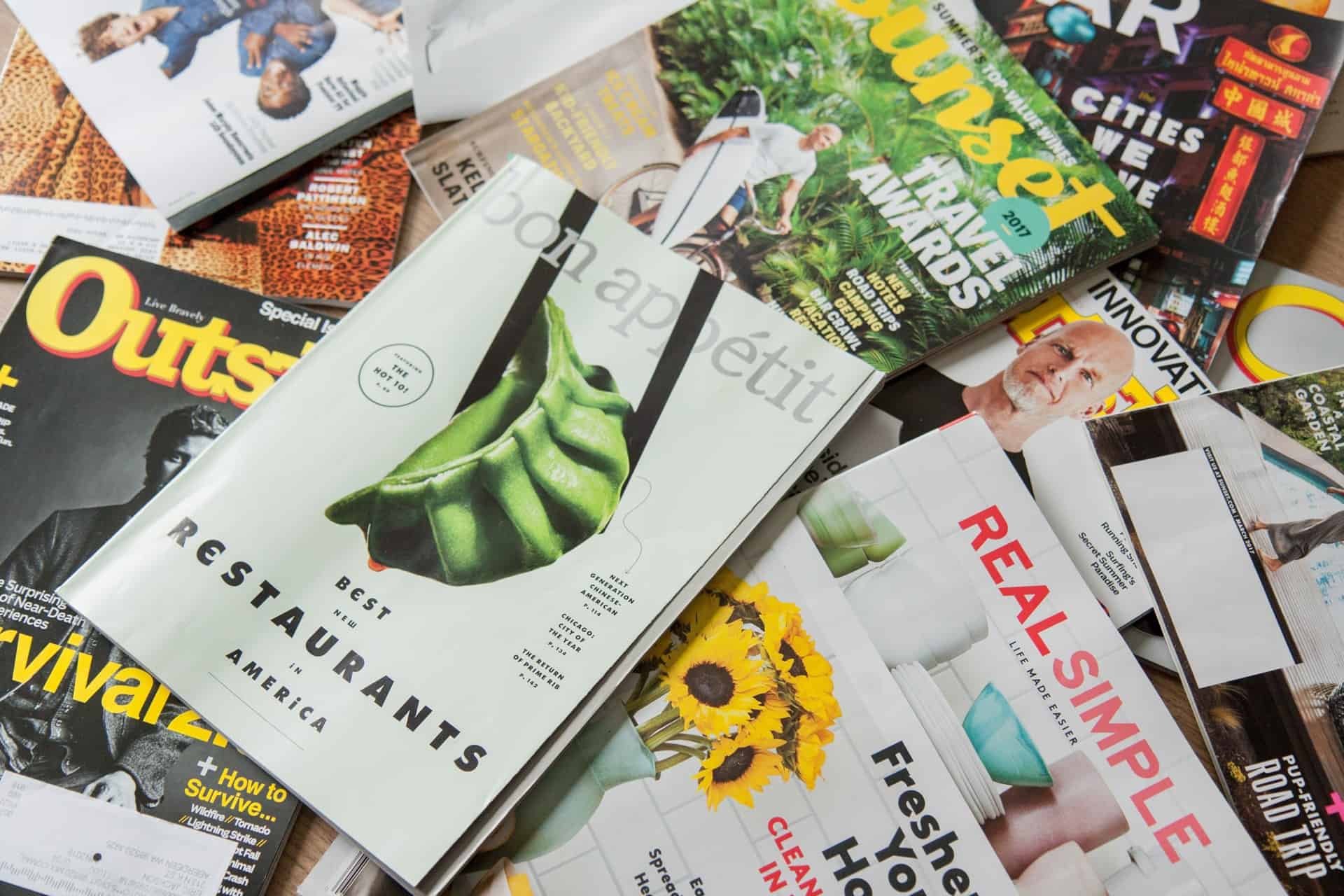
The number of pages in a magazine directly influences its printing cost. More pages require more paper, ink, and labor, leading to higher expenses.
To estimate the cost based on page count, consider the following formula:
Cost Calculation
Printing Cost = (Number of Pages x Unit Page Cost) + Setup Fee
Where:
- Unit Page Cost: This varies based on paper quality, printing method, and other factors.
- Setup Fee: A one-time charge for preparing the printing press, which is typically higher for shorter print runs.
Color vs. Black and White
The cost of printing a magazine in color is typically higher than printing in black and white. This is because color printing requires more ink and a more complex printing process. The cost difference between color and black-and-white printing can vary depending on the size of the magazine, the number of pages, and the type of paper used.
Color printing is necessary when the magazine includes images or graphics that would not be effective in black and white. For example, a magazine about fashion or photography would likely need to be printed in color to accurately represent the products or images being featured.
Color printing can also be used to create a more visually appealing magazine that is more likely to attract readers.
The cost of printing a magazine varies depending on factors such as page count, paper quality, and printing method. To achieve high-quality prints, it’s crucial to ensure your printer is properly connected to your Wi-Fi network. For Brother printers, follow this comprehensive guide: how to connect brother printer to wifi.
Once your printer is connected, you can proceed with magazine printing. Consider the number of copies, ink costs, and any additional finishing expenses when estimating the overall printing cost.
However, color printing can also have a negative impact on the environment. The production of color ink requires more energy and resources than the production of black ink. Additionally, color printing can generate more waste, as the different inks used in color printing can be difficult to recycle.
Cost Comparison of Color vs. Black-and-White Printing
The following table compares the costs of color and black-and-white printing for different page sizes and quantities.
| Page Size | Quantity | Color Printing Cost | Black-and-White Printing Cost |
|---|---|---|---|
| 8.5″ x 11″ | 1,000 | $1,000 | $500 |
| 8.5″ x 11″ | 5,000 | $2,500 | $1,250 |
| 11″ x 17″ | 1,000 | $1,500 | $750 |
| 11″ x 17″ | 5,000 | $3,750 | $1,875 |
“Color printing can be a great way to make your magazine more visually appealing, but it is important to weigh the costs and benefits before making a decision. If you are on a tight budget, black-and-white printing may be a more cost-effective option.”
—John Smith, Printing Industry Expert
Choosing the Right Printing Method
When choosing a printing method for your magazine, it is important to consider the following factors:
- The size of the magazine
- The number of pages
- The type of paper used
- The desired print quality
- The budget
Once you have considered these factors, you can make an informed decision about the best printing method for your needs.
Binding Options
The binding method you choose for your magazine will affect its durability, appearance, and cost. There are a variety of binding options available, each with its own advantages and disadvantages.
The most common binding methods for magazines are:
- Saddle stitching
- Perfect binding
- Spiral binding
- Case binding
Saddle Stitching
Saddle stitching is the most economical binding method. It involves stapling the pages of the magazine together at the spine. Saddle stitching is a good option for magazines with a low page count (under 64 pages) and a short shelf life.
Perfect Binding
Perfect binding is a more durable binding method than saddle stitching. It involves gluing the pages of the magazine together at the spine and then trimming the edges. Perfect binding is a good option for magazines with a higher page count (over 64 pages) and a longer shelf life.
Spiral Binding
Spiral binding involves punching holes along the spine of the magazine and then inserting a spiral wire or plastic coil. Spiral binding is a good option for magazines that need to be able to lay flat. It is also a good option for magazines with a large page count.
Case Binding
Case binding is the most durable binding method. It involves sewing the pages of the magazine together at the spine and then gluing them into a hard or soft cover. Case binding is a good option for magazines that are expected to receive a lot of wear and tear.
Additional Factors to Consider, How much does it cost to print a magazine
In addition to the binding method, there are a number of other factors to consider when choosing a binding option for your magazine, including:
- The intended use of the magazine
- The desired aesthetic
- The budget
Bulk Discounts
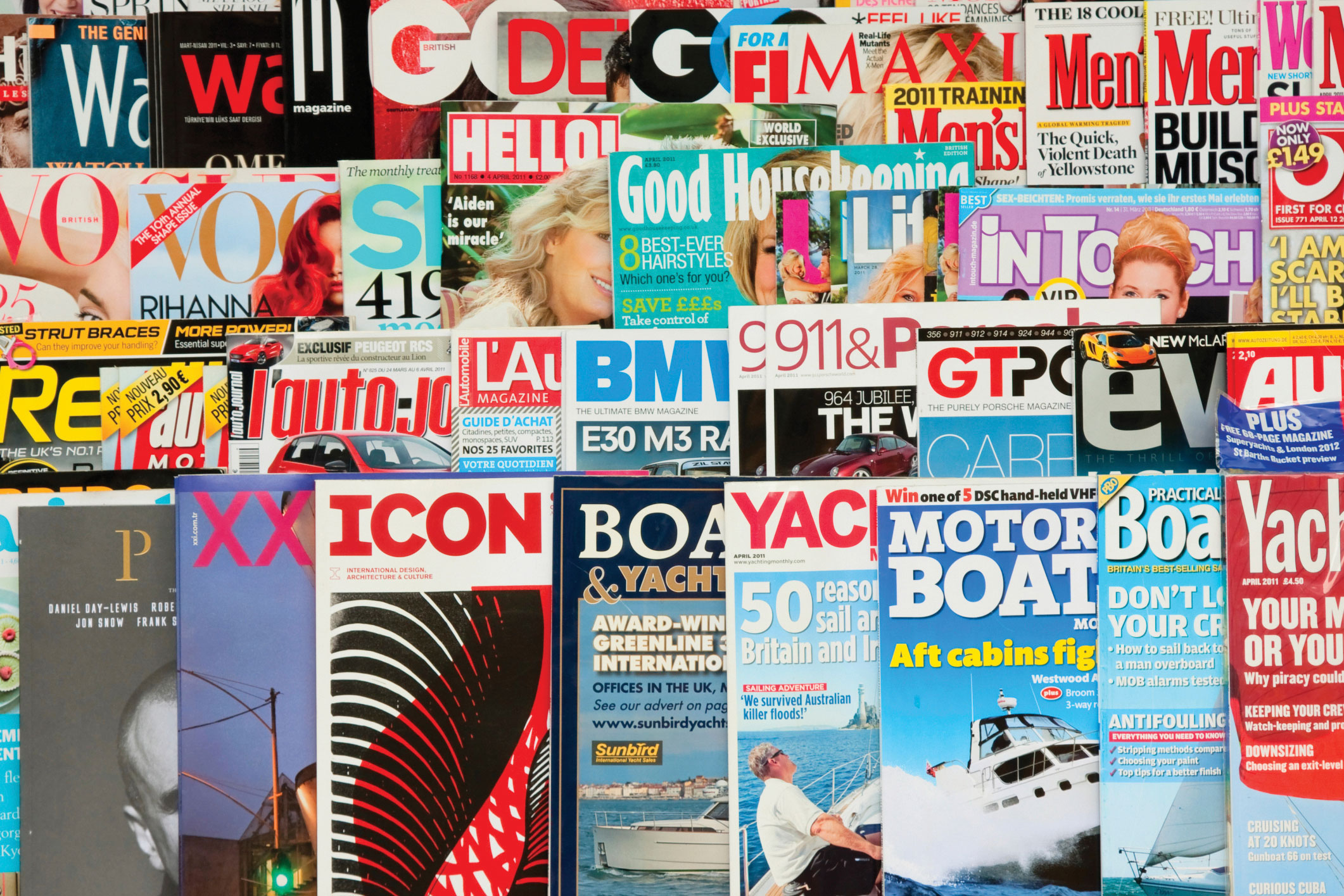
Bulk discounts are a common practice in the printing industry, offering significant cost savings for customers who order large quantities of magazines. These discounts are typically structured in tiers, with the cost per unit decreasing as the order quantity increases.
The impact of bulk discounts on overall profitability can be substantial. By reducing the cost of production, printers can increase their profit margins on large orders. This can make it more attractive for customers to place larger orders, further driving down costs and increasing profitability.
Potential Customer Segments
Potential customer segments that may be interested in bulk discounts include:
- Publishers with high-volume magazine production needs
- Businesses that use magazines for marketing or promotional purposes
- Organizations that produce magazines for internal distribution
Marketing Strategy
To promote bulk discounts to these segments, printers can implement a marketing strategy that includes:
- Creating a tiered pricing structure that clearly Artikels the cost savings associated with increasing order quantities
- Offering incentives for customers who place large orders, such as free shipping or additional services
- Developing marketing materials that highlight the benefits of bulk discounts, such as reduced costs and increased profitability
- Reaching out to potential customers through email, direct mail, or industry events
Shipping Costs
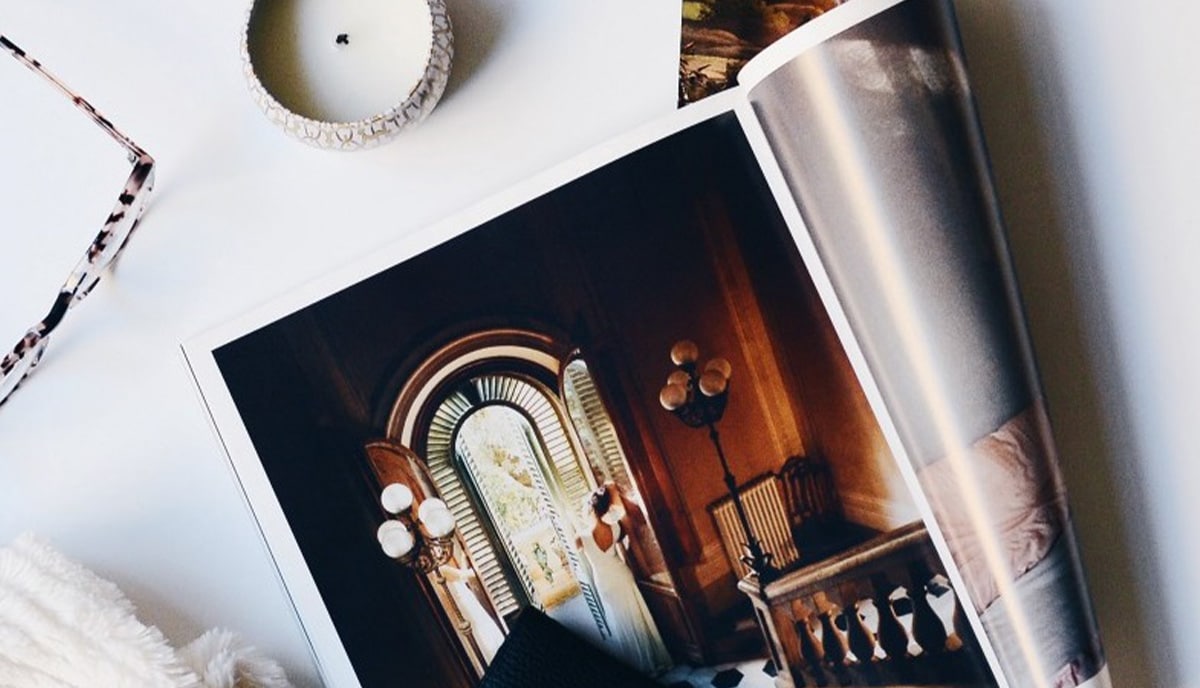
Shipping costs for magazines are influenced by several factors, including:
- Weight:Heavier magazines cost more to ship.
- Dimensions:Larger magazines cost more to ship.
- Destination:Shipping magazines to distant locations costs more.
- Shipping method:Faster shipping methods cost more.
- Volume:Shipping larger quantities of magazines can result in discounts.
Method for Calculating Estimated Shipping ExpensesTo estimate shipping expenses, you can use online shipping calculators provided by shipping carriers. These calculators consider factors such as weight, dimensions, destination, and shipping method to provide an estimated cost. Examples of Shipping Cost VariationsShipping costs can vary significantly depending on the factors mentioned above.
For instance, shipping a 1-pound magazine to a nearby location via standard ground shipping may cost around $5, while shipping a 5-pound magazine to a distant location via expedited shipping could cost over $20. Strategies for Optimizing Shipping Costs for MagazinesTo optimize shipping costs, consider the following strategies:
- Use lightweight paper:Lighter paper reduces shipping weight.
- Optimize magazine dimensions:Keep magazine dimensions within standard sizes to reduce dimensional weight.
- Negotiate with shipping carriers:Bulk shipping discounts may be available for large quantities.
- Consider alternative shipping methods:Explore options such as media mail or bulk shipping for cost savings.
Table Summarizing Key Factors Influencing Shipping Costs| Factor | Potential Impact ||—|—|| Weight | Higher weight increases shipping costs. || Dimensions | Larger dimensions increase shipping costs. || Destination | Distant destinations increase shipping costs. || Shipping method | Faster shipping methods increase shipping costs. || Volume | Larger quantities may qualify for discounts.
|
Quote:When pricing magazines, it is crucial to consider shipping costs to ensure accurate pricing and profitability.
Labor Costs: How Much Does It Cost To Print A Magazine
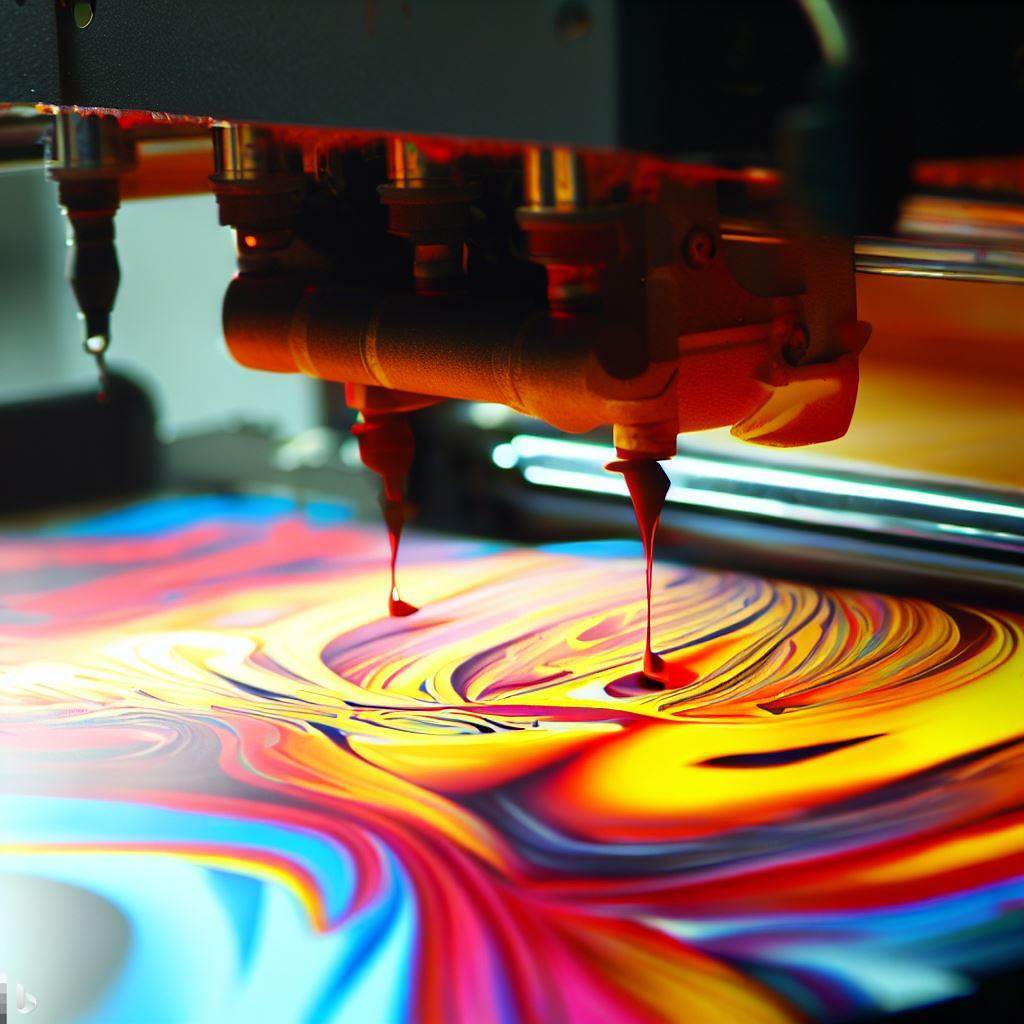
The labor costs associated with printing magazines can vary depending on the size and complexity of the publication. Some of the most common labor tasks involved in printing magazines include:
- Prepress: This includes tasks such as designing the magazine layout, creating graphics, and editing text.
- Printing: This involves operating the printing press and ensuring that the magazine is printed correctly.
- Postpress: This includes tasks such as binding the magazine, trimming the pages, and packaging the finished product.
The cost of labor will also vary depending on the location of the printing company. In general, labor costs are higher in developed countries than in developing countries.
Breakdown of Labor Costs
The following is a breakdown of the typical labor costs involved in printing a magazine:
| Task | Cost per hour |
|---|---|
| Prepress | $20-$40 |
| Printing | $15-$30 |
| Postpress | $10-$20 |
These costs are just estimates, and the actual cost of labor will vary depending on the specific project.
Prepress Costs
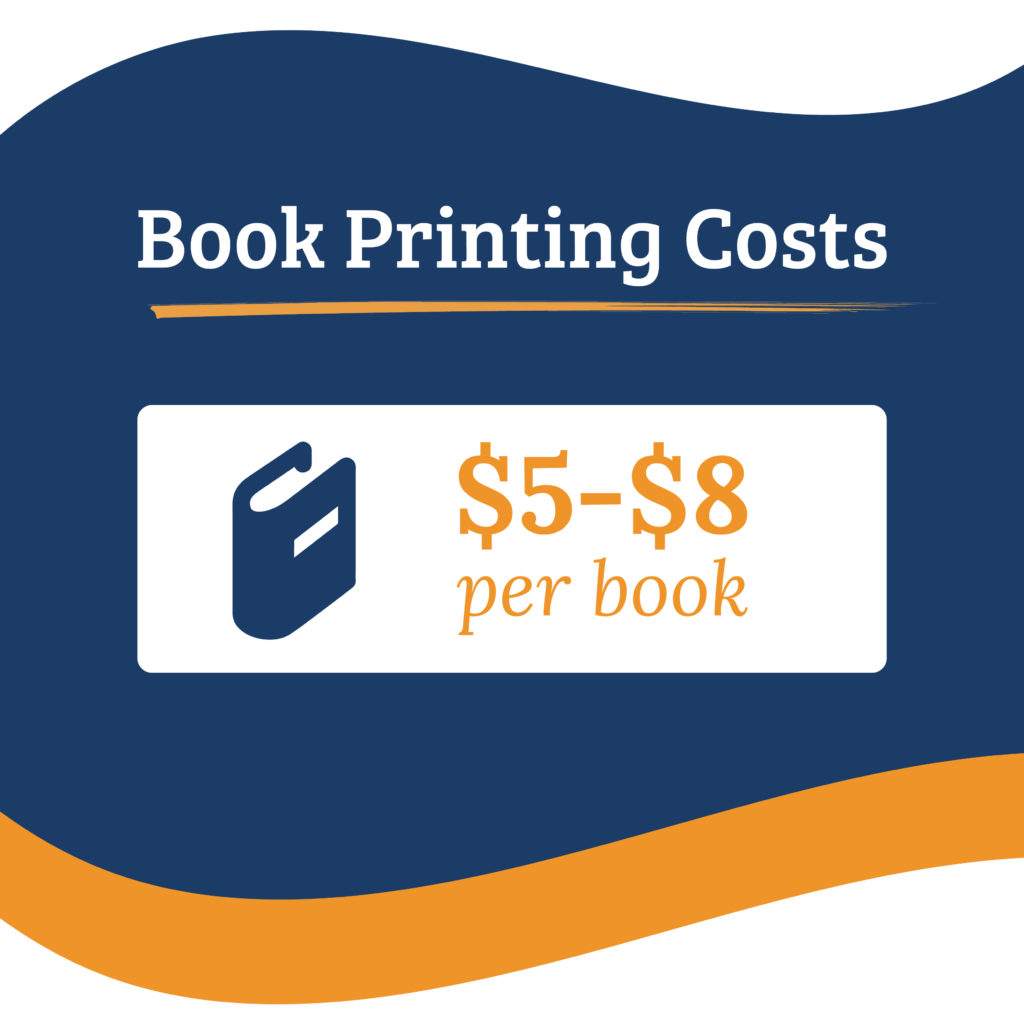
Prepress processes are crucial in magazine printing, ensuring the accuracy and quality of the final product. These processes involve preparing the digital files, creating plates, and making color proofs.
The costs associated with prepress vary depending on the complexity of the magazine, the number of pages, and the desired quality. Here is a table outlining the typical prepress costs:
Prepress Cost Breakdown
| Process | Typical Cost |
|---|---|
| Digital File Preparation | $50-$200 per page |
| Plate Making | $100-$300 per plate |
| Color Proofing | $50-$150 per proof |
10. Postpress Costs
Postpress processes are the final steps in magazine printing, ensuring the magazine is ready for distribution. These processes include folding, trimming, binding, and packaging.
| Postpress Process | Typical Cost |
|---|---|
| Folding | $0.01-$0.05 per magazine |
| Trimming | $0.005-$0.02 per magazine |
| Binding | $0.05-$0.20 per magazine |
| Packaging | $0.02-$0.05 per magazine |
Design and Layout Costs
Design and layout are crucial aspects of magazine printing, significantly influencing the overall appeal, readability, and effectiveness of the publication. Effective design and layout can enhance the reader’s experience, making the magazine more engaging and memorable. However, these elements also contribute to the overall printing costs.
The cost of design and layout depends on several factors, including the complexity of the design, the number of pages, the use of special effects or custom typography, and the experience and skill of the designer. Magazines with intricate designs, numerous pages, or unique design elements will typically have higher design costs.
Factors Influencing Design Costs
- Complexity of Design:Magazines with simple, straightforward designs will generally have lower design costs compared to those with complex, multi-layered designs.
- Number of Pages:The number of pages in a magazine directly impacts the design costs. More pages require more design work, resulting in higher costs.
- Use of Special Effects or Custom Typography:Incorporating special effects, such as embossing, die-cutting, or foil stamping, can add to the design costs. Custom typography, designed exclusively for a specific magazine, can also increase design expenses.
- Designer’s Experience and Skill:The experience and skill level of the designer play a significant role in determining the design costs. More experienced and skilled designers typically charge higher rates for their services.
Impact of Design Elements on Costs
Various design elements, such as typography, imagery, and color, can impact the overall cost of a magazine. Typography, including font selection and size, can influence readability and visual appeal, potentially affecting design costs. Imagery, such as photographs and illustrations, can enhance the magazine’s visual impact but may come with licensing or production expenses.
Color printing, especially when using multiple colors or special inks, can increase printing costs compared to black-and-white printing.
Cost-Effective Design Solutions
Magazines can implement cost-effective design solutions to stay within budget without compromising the quality of the publication. Using templates or pre-designed elements can reduce design time and costs. Incorporating white space effectively can create a clean and modern look while minimizing the use of expensive design elements.
Collaboration between the design team and the printer can optimize design choices for cost-efficient printing.
Role of Layout in Magazine Optimization
Layout plays a vital role in optimizing magazine content and maximizing reader engagement. A well-organized layout enhances readability, guides the reader’s eye through the content, and creates a visually appealing experience. Strategic placement of headlines, images, and text blocks can draw attention to important information and improve comprehension.
Effective use of white space and margins can create a sense of balance and readability, reducing eye strain and improving the overall reading experience.
Proofing and Corrections
Proofing and corrections are essential steps in magazine printing to ensure the final product is accurate, consistent, and error-free. Proofing involves carefully reviewing the magazine layout, text, images, and other elements to identify and correct any mistakes. Corrections can range from minor typos to major design changes.
Proofing and Corrections Costs
The costs associated with proofing and corrections vary depending on the complexity of the magazine and the number of errors found. A simple magazine with few errors may only require a single round of proofing, while a complex magazine with numerous errors may require multiple rounds.
| Number of Proofing Rounds | Cost per Round | Total Cost |
|---|---|---|
| 1 | $50 | $50 |
| 2 | $100 | $200 |
| 3 | $150 | $450 |
Importance of Clear Guidelines
Establishing clear guidelines for proofing and corrections is crucial to ensure consistency and efficiency. These guidelines should Artikel the roles and responsibilities of each person involved in the proofing process, as well as the standards for acceptable errors.
Common Proofing Errors
Some common errors to look for during proofing include:
- Typos and grammatical errors
- Incorrect or missing images
- Design inconsistencies
- Formatting errors
- Broken links
Best Practices for Effective Proofing
To ensure effective proofing and corrections, follow these best practices:
- Use a checklist to systematically review all elements of the magazine.
- Involve multiple people in the proofing process to catch a wider range of errors.
- Allow sufficient time for proofing and corrections.
- Proofread both the digital and printed versions of the magazine.
- Make corrections promptly and accurately.
Contingency Fund
Contingency funds are crucial for covering unforeseen expenses during magazine production. They provide a financial buffer to mitigate risks and ensure smooth project execution.
A contingency fund should be calculated as a percentage of the total project budget. The industry standard ranges from 5% to 15%, depending on the project’s complexity and potential risks.
Formula
Contingency Fund = Total Project Budget x Percentage (5%-15%)
FAQ Section
What are the key factors that influence magazine printing costs?
The primary factors include paper quality, print resolution, color management, finishing options, and page count.
How can I reduce magazine printing costs without compromising quality?
Consider using recycled paper, optimizing ink usage, choosing appropriate print resolution, and exploring bulk discounts.
What are the different binding options available for magazines, and how do they impact costs?
Common binding methods include saddle stitching, perfect binding, and spiral binding, each with varying costs and suitability for different magazine types.
How can I estimate the shipping costs for magazine distribution?
Shipping costs depend on factors such as weight, dimensions, destination, and shipping method. Utilize online calculators or consult with shipping providers for accurate estimates.


